
QANTAS: 20% more for Project Sunrise direct flights to London and New York
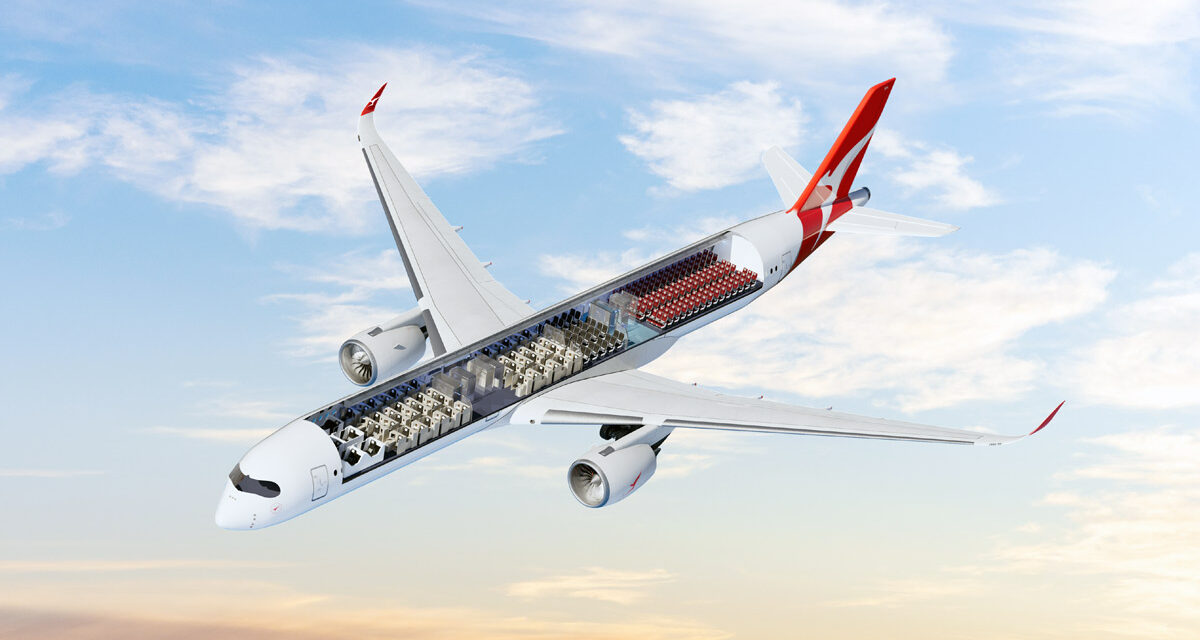
The Qantas ‘Project Sunrise’ 20+ hour flights are still at least two years away. Scheduled for 2026, but beset with delays, it may be 2027 before you will pay a 20% premium to fly direct. Those debut direct flights will be from Sydney to London and New York.
As Airbus delivers more of the extra fuel tanked A350-1000ULR, Melbourne will be added to the London and New York routes.
Qantas is claiming that it will be able to charge a 20% premium on every seat on the aircraft in all classes.
I’m not so sure. Lets look at some evidence.
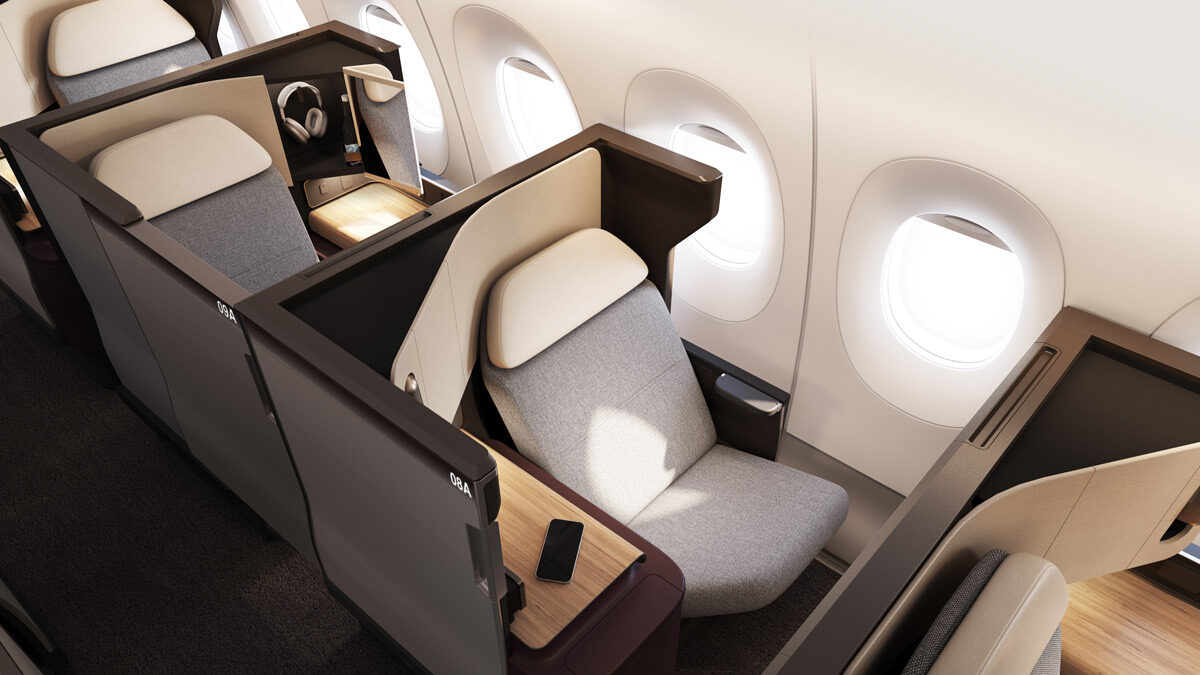
Content of this Post:
Premium for direct Project Sunrise flights
Premium pricing has been discussed before, but an article in ET quotes Cam Wallace, CEO of Qantas International, as saying that customers should expect “a 20% premium” to be charged for seats in every class of the non-stop flights, compared to the via Singapore and Perth flights.
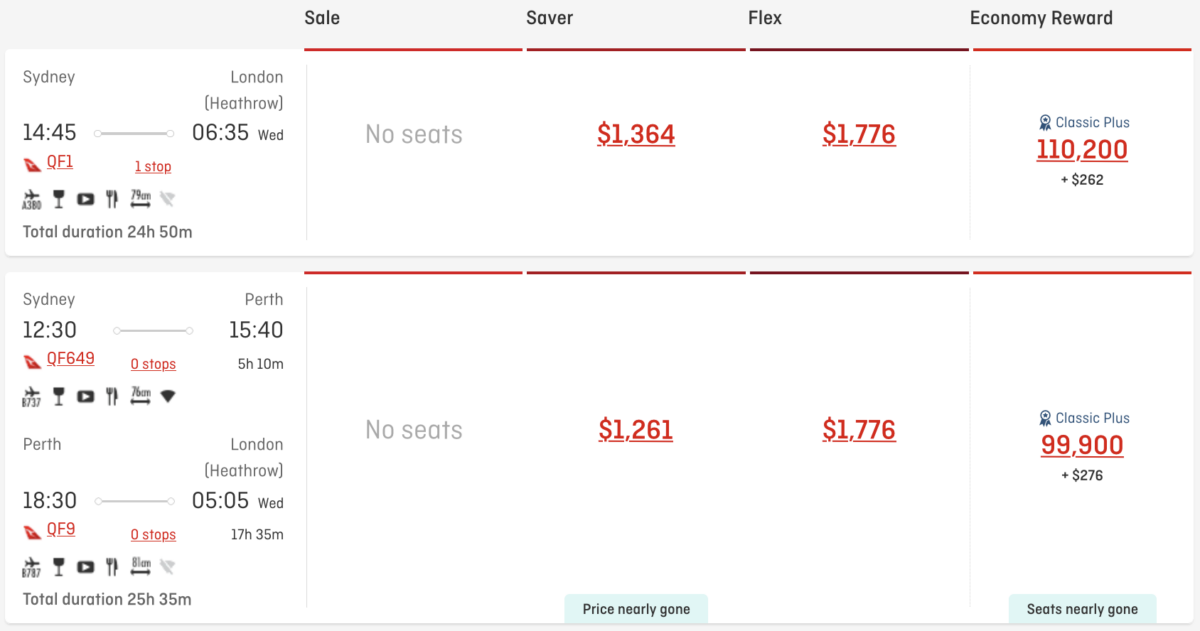
Premium for current one-stop fares
Qantas already charges a premium for its semi-direct fares that fly out of Perth using Boeing 787-9. For example, for travel in August, the Economy Class fare for the leg out of Australia is AU$1,346 for QF1 via Singapore on an A380 versus AU$1,644 on a 787 via Perth. These are both ‘saver’ fares.
On the return leg, the price difference is similar, about AU$200 more for the via Perth option over the QF2 via Singapore. Again, the price difference largely disappears when you buy a Flexi fare at AU$1,776 for the outward leg and AU$1,979 for the return for both routes.
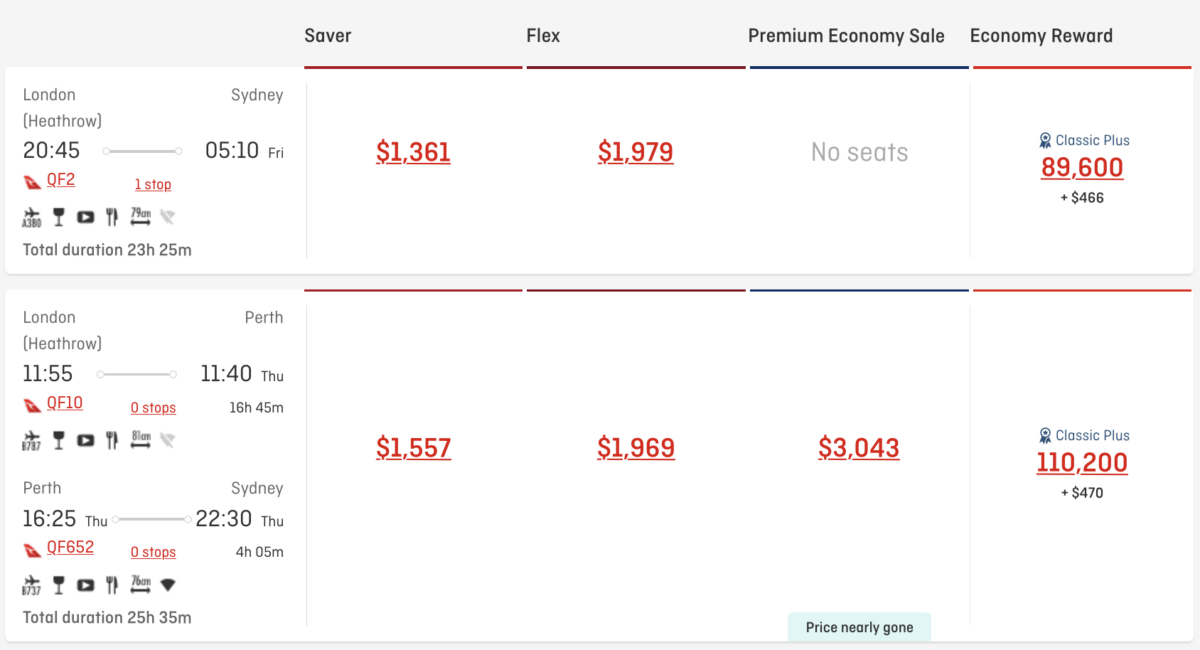
Is the price difference of more than 20% worth it, just to arrive 2 hours 40 minutes early? Weigh that against the difference in service between a 787 versus the A380.
Premium cost for Perth route in Business Class too
In Business Class, the price difference that used to exist seems to have disappeared.
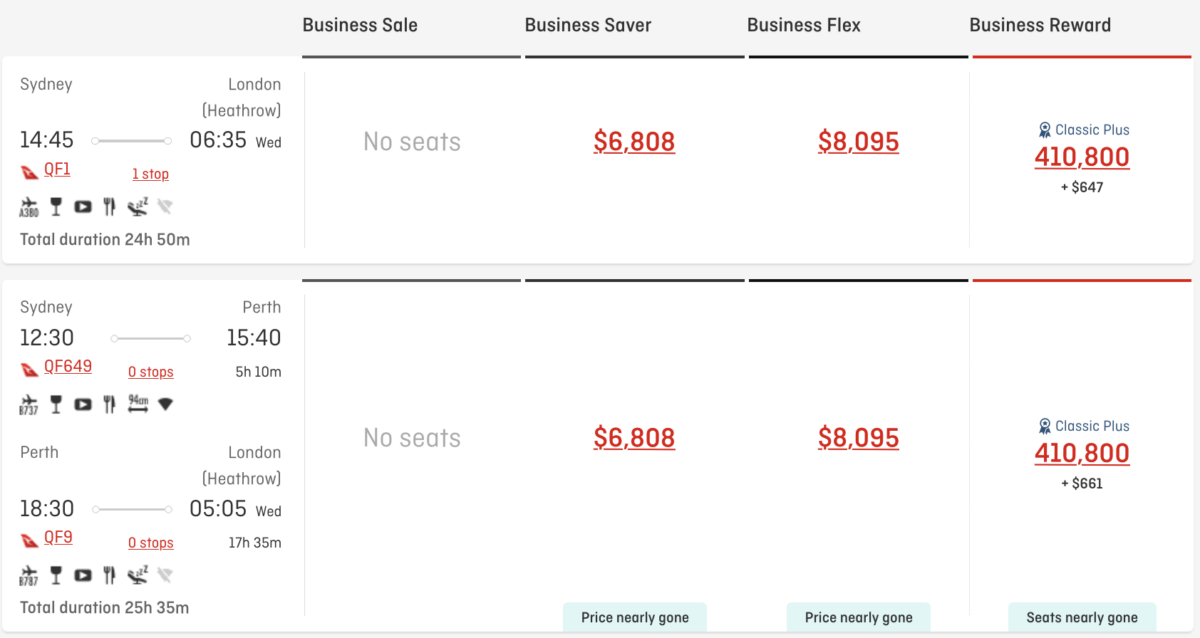
The same is broadly true for the return leg.
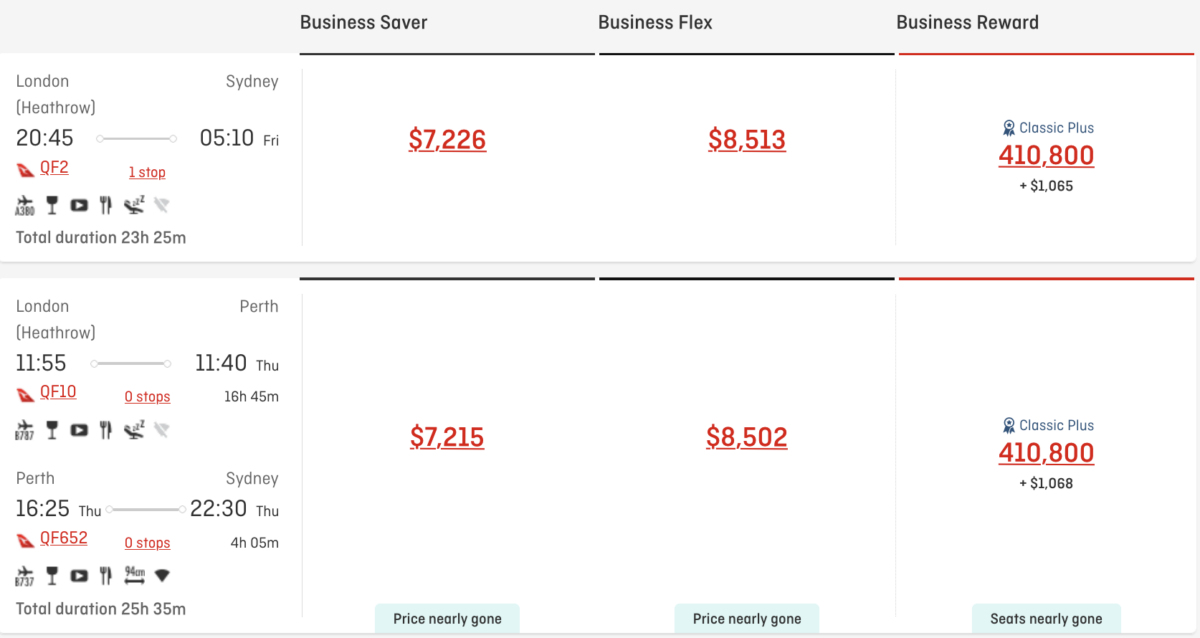
I can’t explain why Economy Class is apparently able to charge a premium and Business Class is not.
Will Project Sunrise really maintain a premium ‘for all seats’
In a post a while back, I suggested that Project Sunrise might be able to command a premium for Business and First Class fares because, for some, including Business travellers, cutting nearly three hours from the flight might be worth the extra cost. I didn’t, and still don’t, think Economy and Premium Economy passengers will entertain a premium, especially one of 20%.
On the current evidence above, the reverse seems to be true. The premium is being paid by Economy discount passengers but not by Flex Economy or Business Class travellers.
That view seems to be born out by the words of Cam Wallace in the face of looming competition. Think Qatar Airlines application for added capacity, and Turkish Airlines already granted greater capacity and plans for direct flights between Australia and Istanbul:
“But you’ve seen now more tactical pricing (and) more offers in the market, and seasonality coming back. So irrespective of the proposition, we’ll have to be competitive.”
Cam Wallace, CEO of Qantas International, quoted in ET
And that is where the rub will be. Remaining competitive in terms of price, product, and service will be the challenge for Project Sunrise. I’m not sure ‘wellness zones’ will cut it in these proposed, expensive 20+ hour flights trapped in an aluminium/carbon fibre tube.
![Proposed new First Class on Project Sunrise A350s [Qantas]](https://www.2paxfly.com/wp-content/uploads/2023/02/Qantas-First-A350-2-1200x675.jpg)
Qantas premium pricing
For years, Qantas has been able to charge a premium for its brand. That brand represents safety and Australia, and Qantas has played that superbly with brilliant advertising campaigns and subtle reinforcement of its safety record. Loyal passengers have happily paid for that brand message. I’m not so sure they will be willing to pay it in the future.
Qantas has a higher cost base than many overseas airlines, so to make money, it has always had to charge more than airlines based overseas. To this end, it has stripped service to the minimum, whether in terms of status recognition, onboard catering, call centre service, or lounge services—with the possible exception of its still extraordinary network of First lounges.
The cuts are now to the point where loyal premium passengers are noticing. Social media is full of complaints about the decline in service, with nostalgia for the well-rounded service from Qantas, which frequent flyers remember from the pre-COVID era.
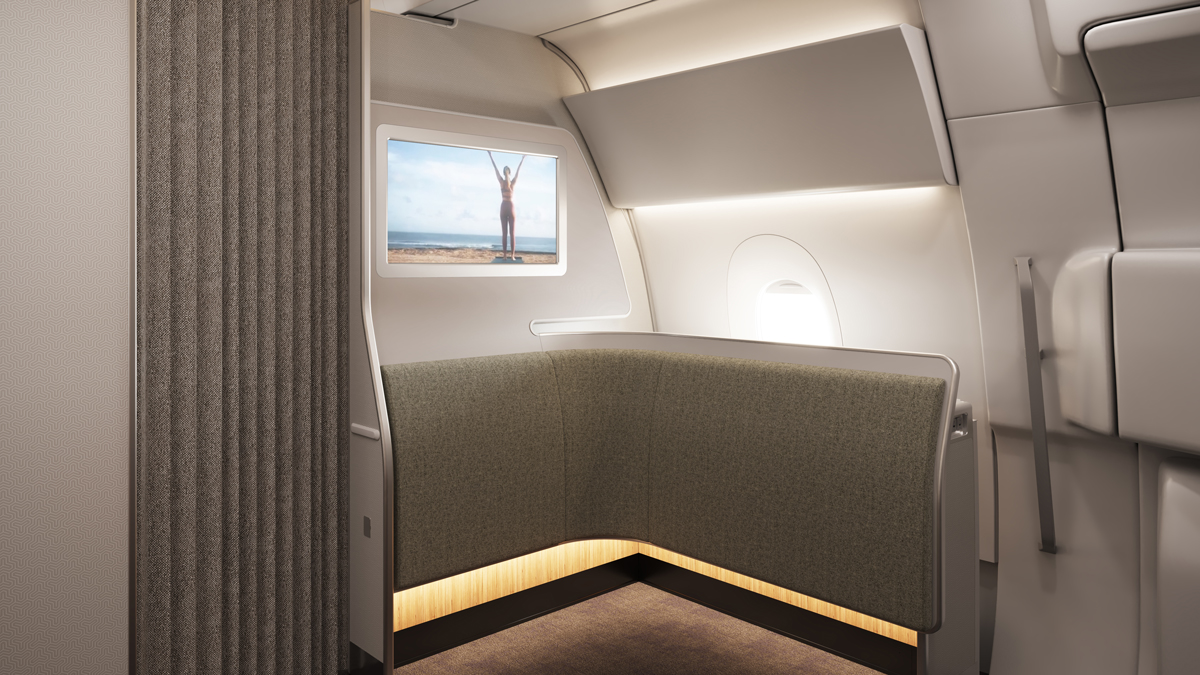
2PAXfly Takeout
I’m going to revise my prediction about the Project Sunrise flights. I think there will be a market confined to the Business and First Class cabins, where business and cashed-up boomers will be prepared to pay a premium of 20%, possibly on top of the premium they already pay to ‘Still call Australia home.’ That may even extend to the Premium Economy cabin.
But I don’t think that will be sustainable after the novelty period has worn off, as seems to be the case with the direct flights from Perth to London.
Contrary to the evidence outlined above about charging a premium for Economy on the Perth to Europe direct routes, I don’t think price-sensitive economy passengers will stand for it. There will be much cheaper options on other airlines that will offer layovers in Asia/Pacific and more exotic Middle Eastern locations. Competition is going to hot up soon with airlines improving their capacity and frequency, plus new competitors like Turkish Airlines. If the ‘best airline in the world’ according to Skytrax, Qatar Airways, is successful in its application to double its flights to Australia, that’s going to add a lot of capacity.
According to Flight Centre research, airfares for 2025 have already fallen by 13% over 2024, and that downward pressure will only continue.
I just can’t see how Qantas will be able to maintain its claimed 20% price premium on Project Sunrise routes, which is above the premium it already charges.
Qantas has way more expertise and information than I do to predict prices. So either they know more than I do, or they are preparing their public to expect those higher fares on Project Sunrise routes in the hope they will pay more to fly in an aircraft with a red kangaroo on its tail.
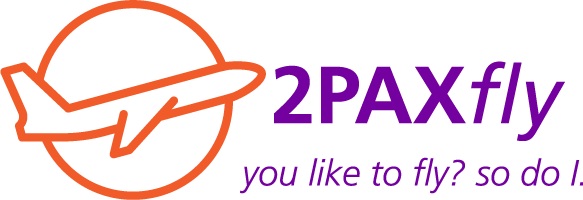
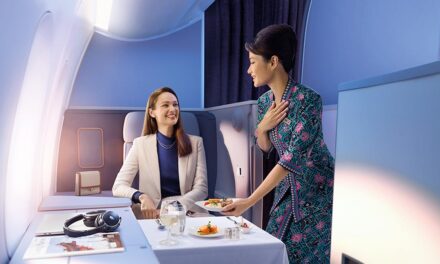
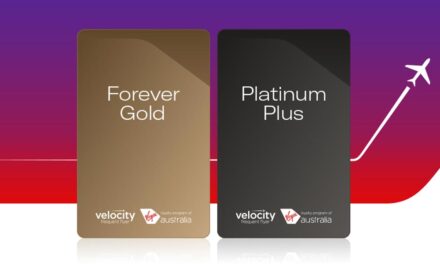
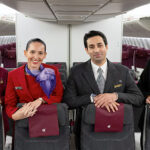
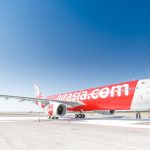
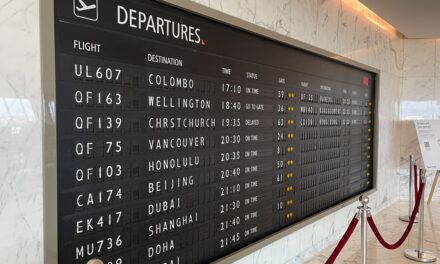
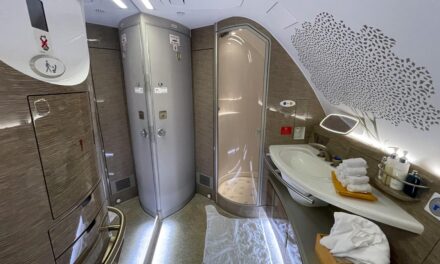
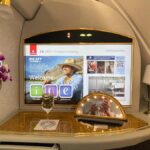
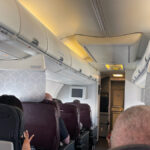


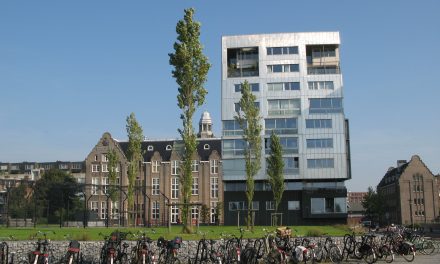
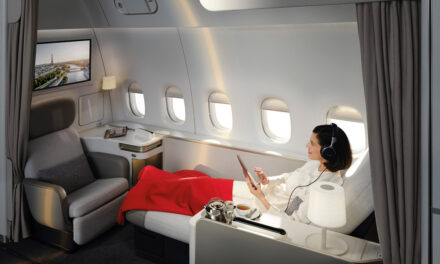
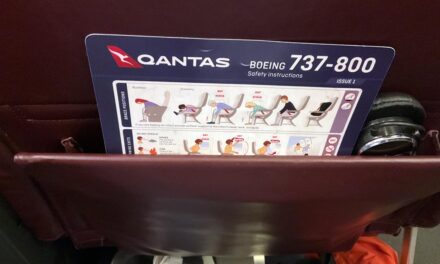
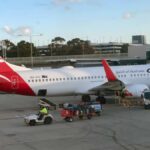

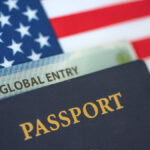
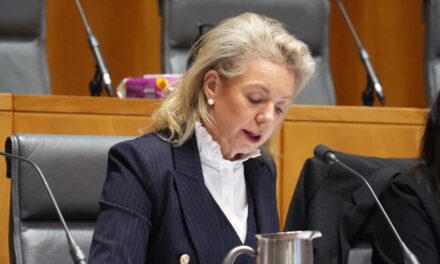

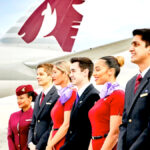



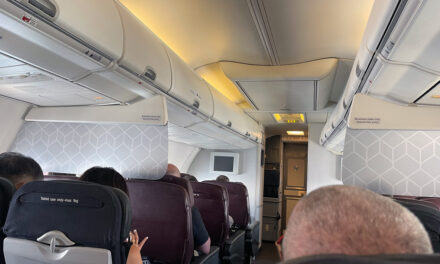



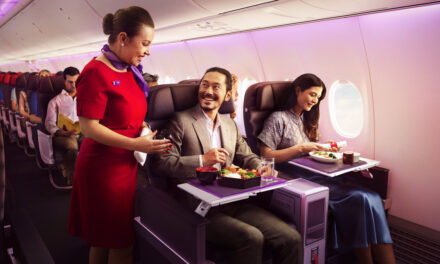
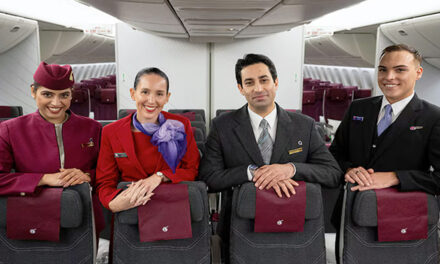




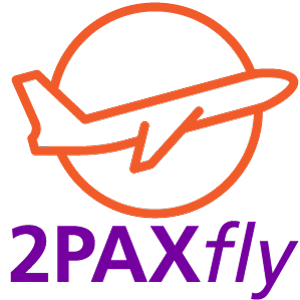
What did you say?